Private Dancer by Tina Turner
Buy Private Dancer The story surrounding Tina Turner and her remarkable comeback with Private Dancer is the stuff of Hollywood movies. In fact, it was a Hollywood movie, and this remarkable vocalist who […]
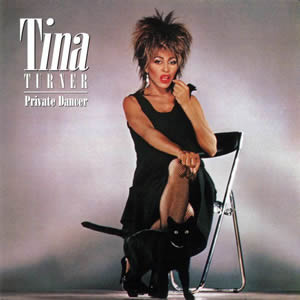
Buy Private Dancer The story surrounding Tina Turner and her remarkable comeback with Private Dancer is the stuff of Hollywood movies. In fact, it was a Hollywood movie, and this remarkable vocalist who […]

Buy Pretzel Logic At first glance, Steely Dan‘s third album, Pretzel Logic, may seem almost too short and efficient. Many of the songs do not even reach three minutes in length and the […]
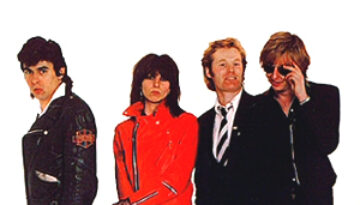
Buy Pretenders Pretenders, is the self-titled debut studio album by the British-American band of the same name. Released just weeks into the new decade of the eighties, this was one of the more […]
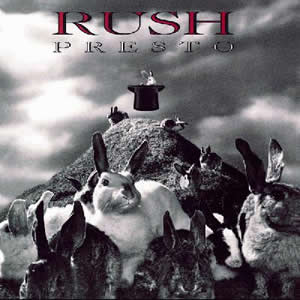
Buy Presto For all the musical complexity that Rush has shown over the years, it is absolutely amazing how much they can do with simplicity. On Presto, their thirteenth studio album released in […]
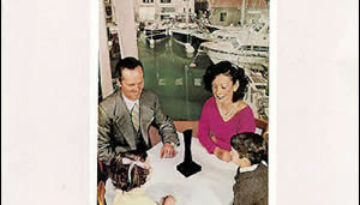
Buy Presence In late 1975, Led Zeppelin had planned a world tour to capitalize of the phenomenal success of their latest album Physical Graffiti. The band was at the absolute zenith of their […]
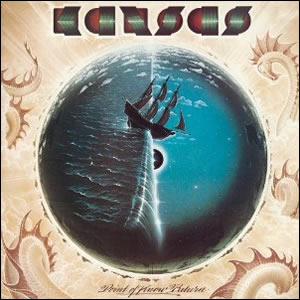
Buy Point of Know Return In 1977 while most classic rock artists were migrating towards simple, accessible music, Kansas was one of the last stubborn holdouts to compose pure prog rock. Although the […]
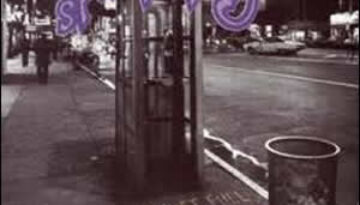
Buy Pocket Full of Kryptonite As the Grateful Dead’s long career began to wind down in the early nineties, there were many pseudo-hippie, jam-oriented bands that emerged to fill the void for the […]
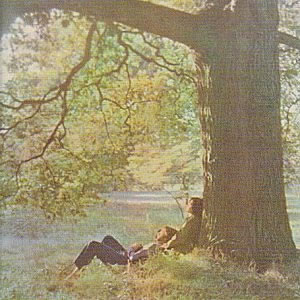
Buy John Lennon/Plastic Ono Band Our third and final installment of the “Life After Beatles” series looks at the critically acclaimed debut record by John Lennon called John Lennon / Plastic Ono Band. […]
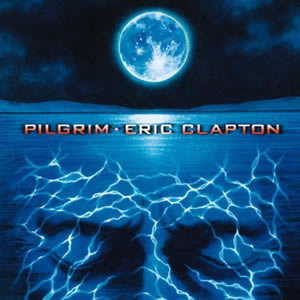
Buy Pilgrim The thirteenth overall studio album of his then-decades long solo career, Pilgrim was the first record by Eric Clapton in nearly a decade to feature all new studio material. The songs […]
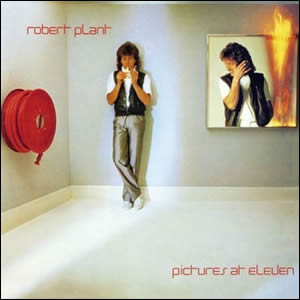
Buy Pictures at Eleven Pictures At Eleven was sweet relief for Zeppelin-starved fans still in shock over John Bonham’s death and the break up of Led Zepplin when it was released as Robert Plant‘s debut solo album […]